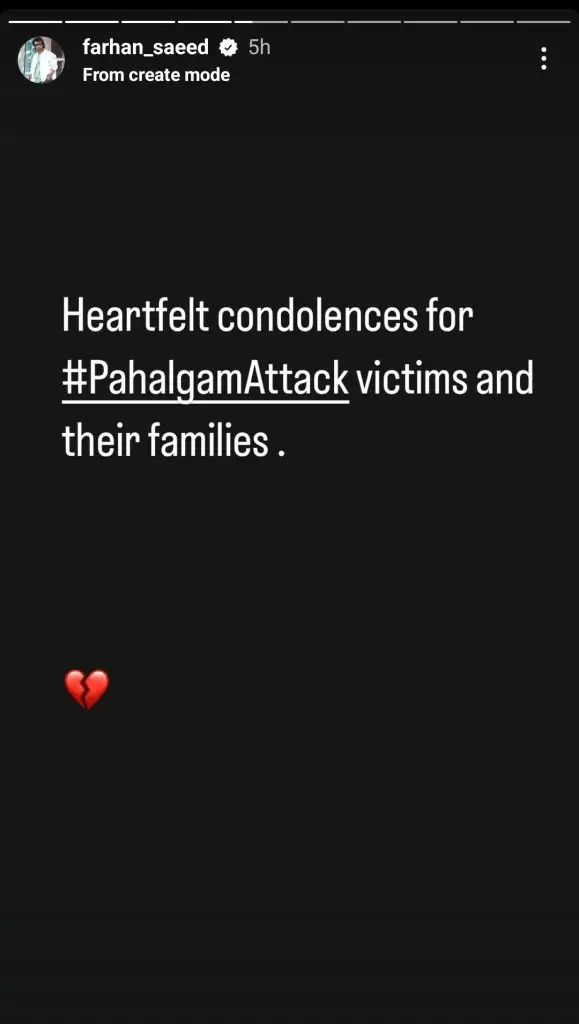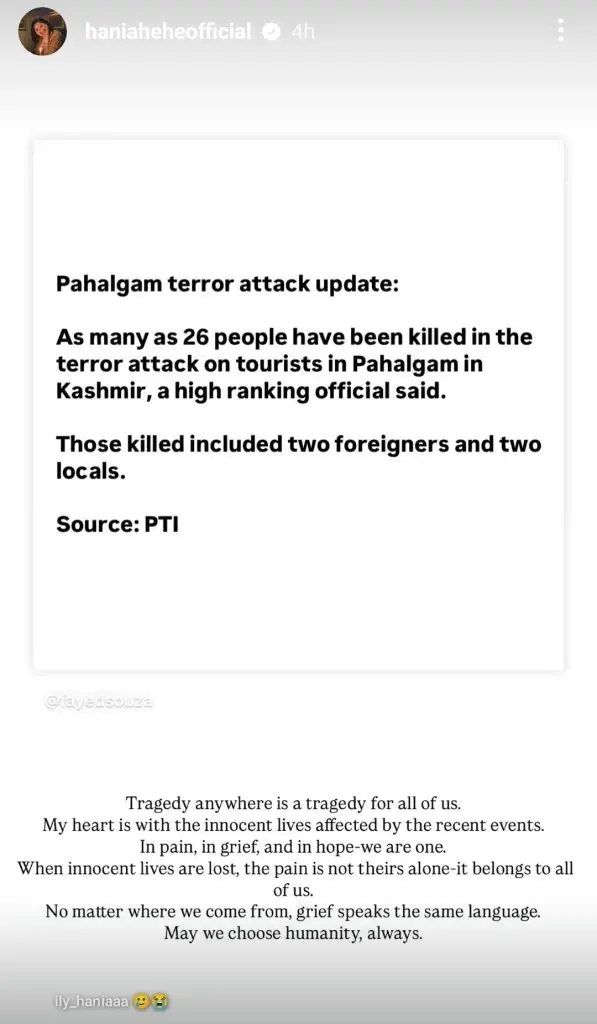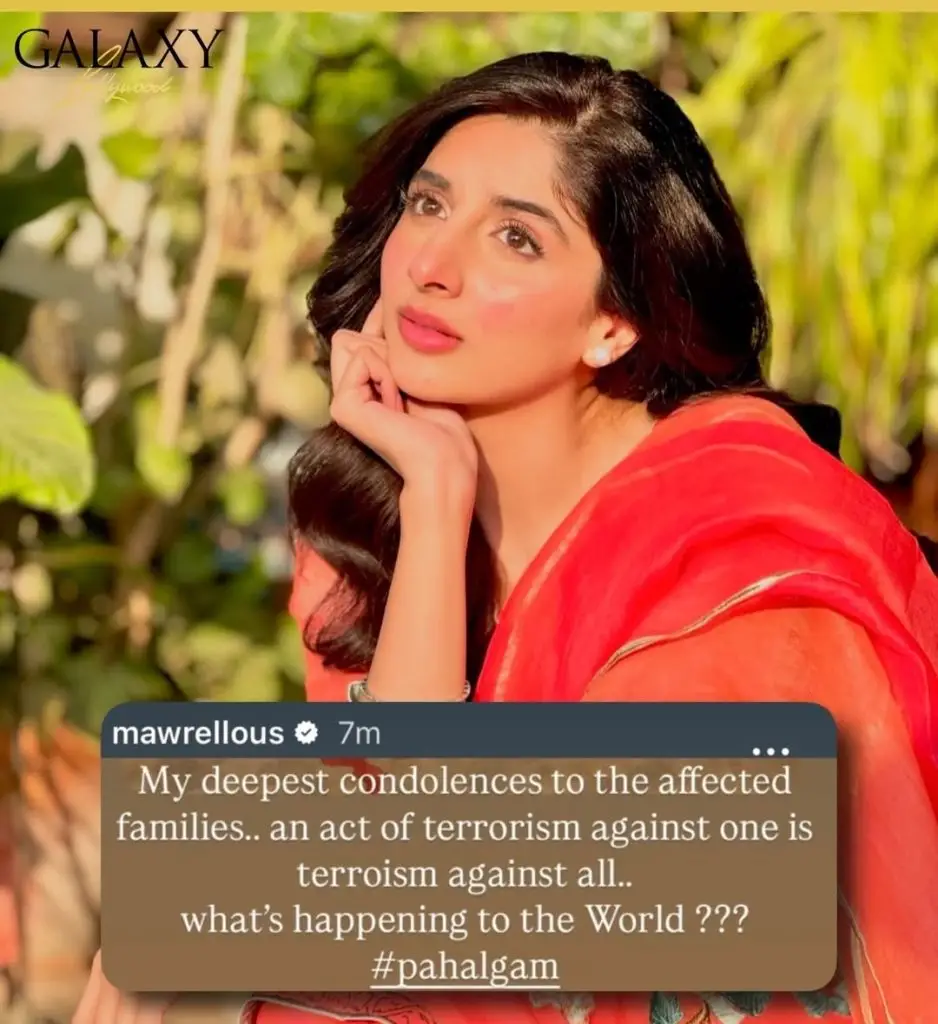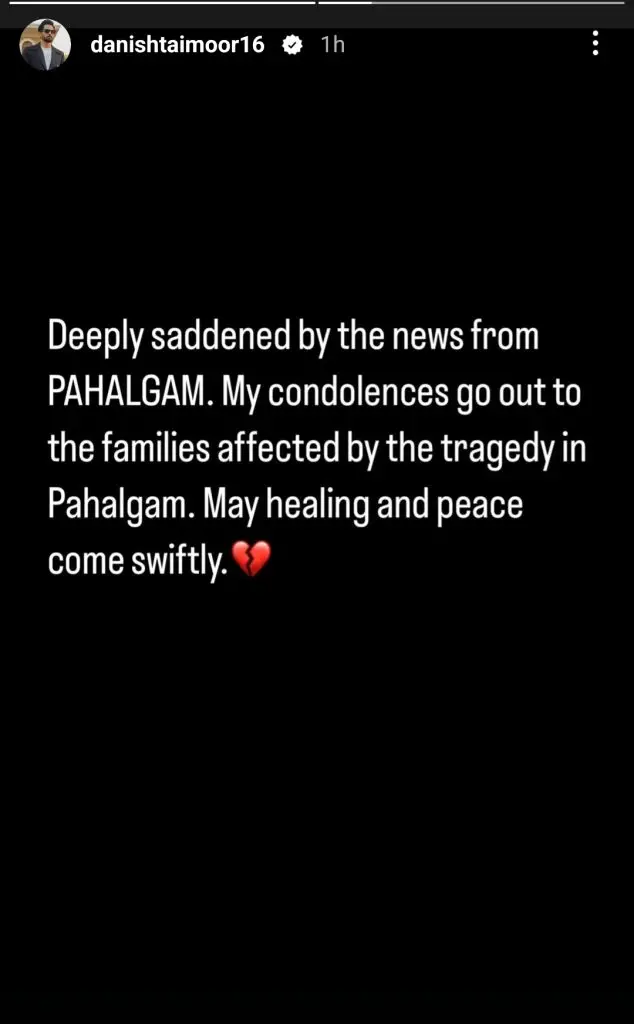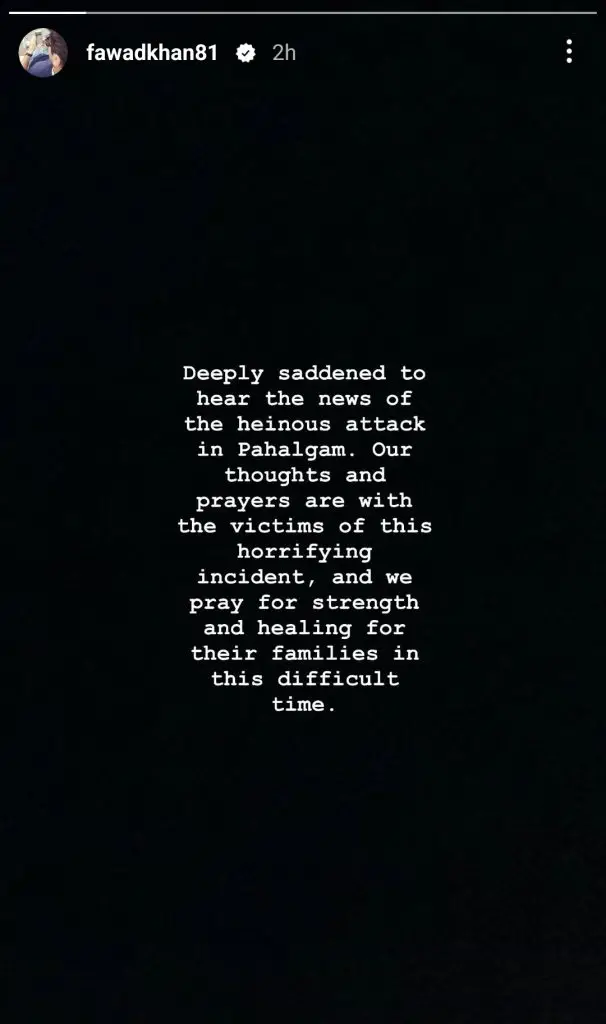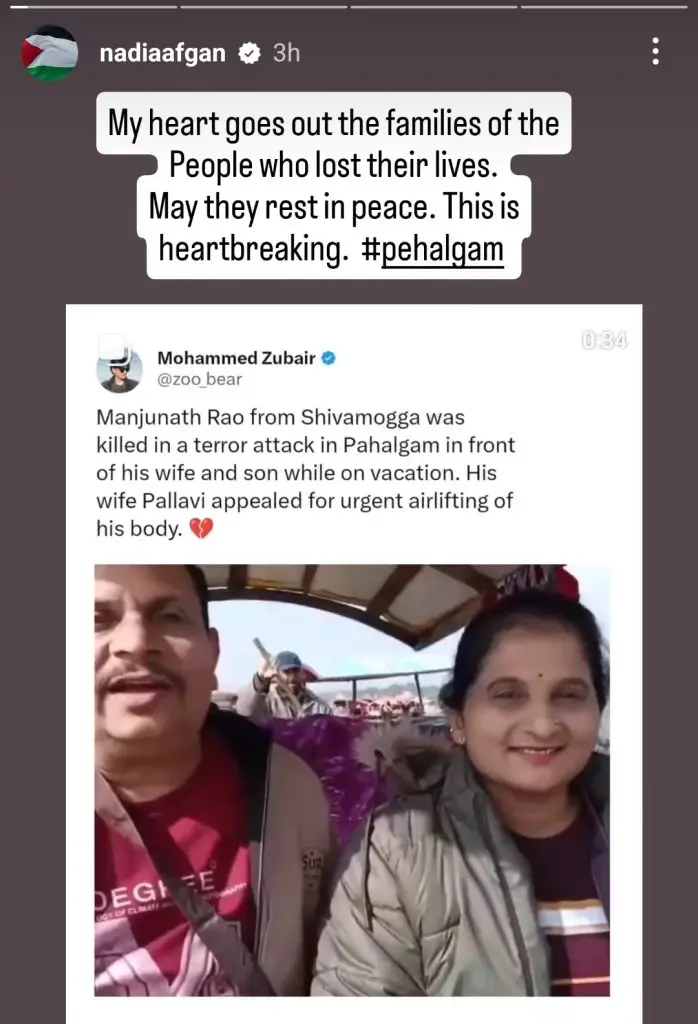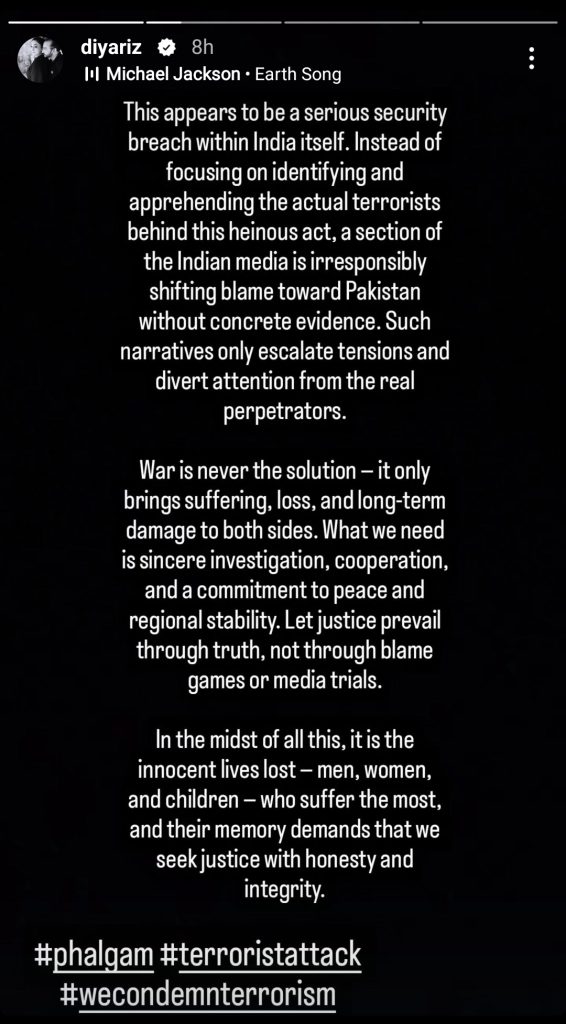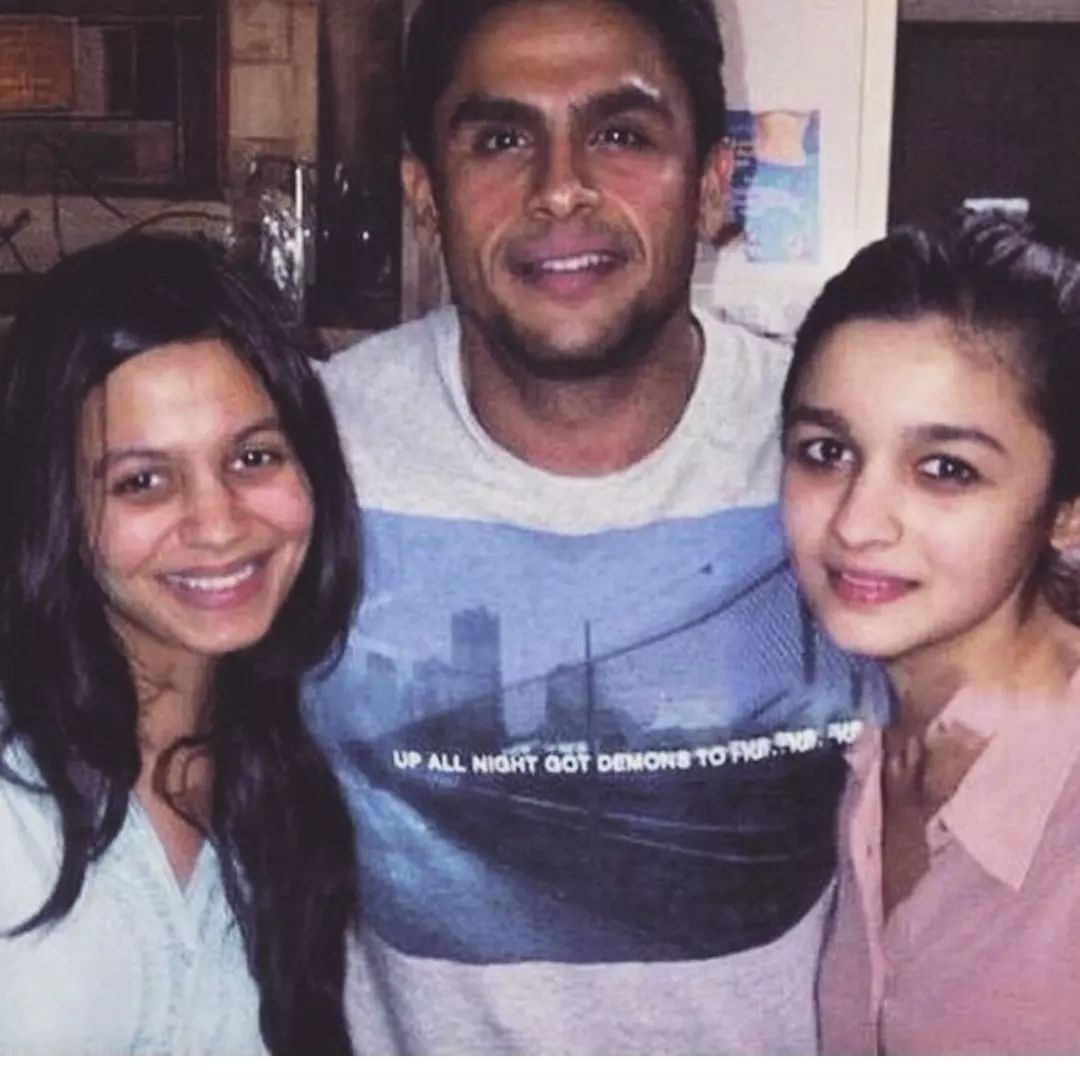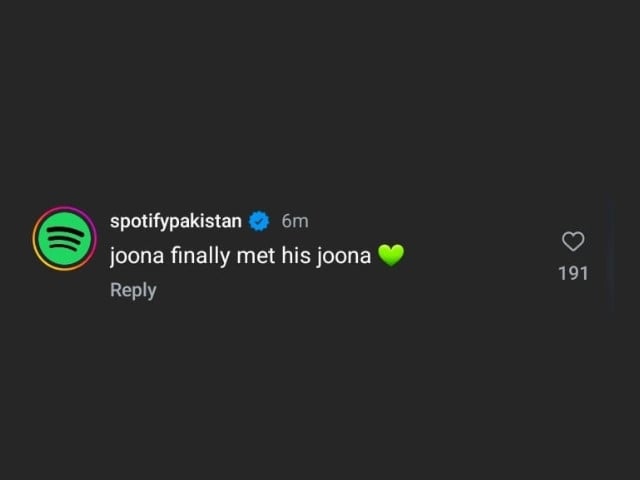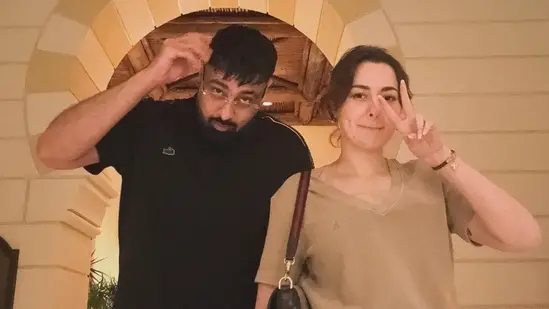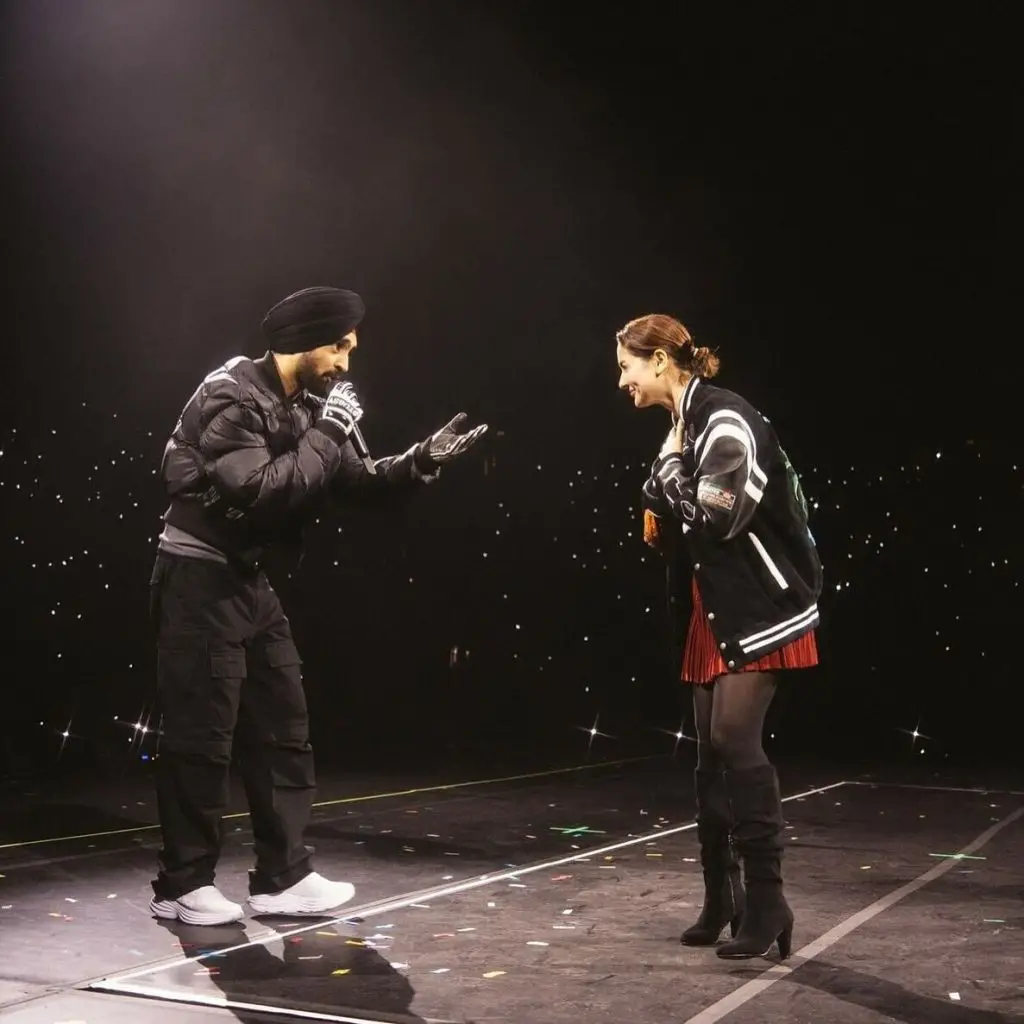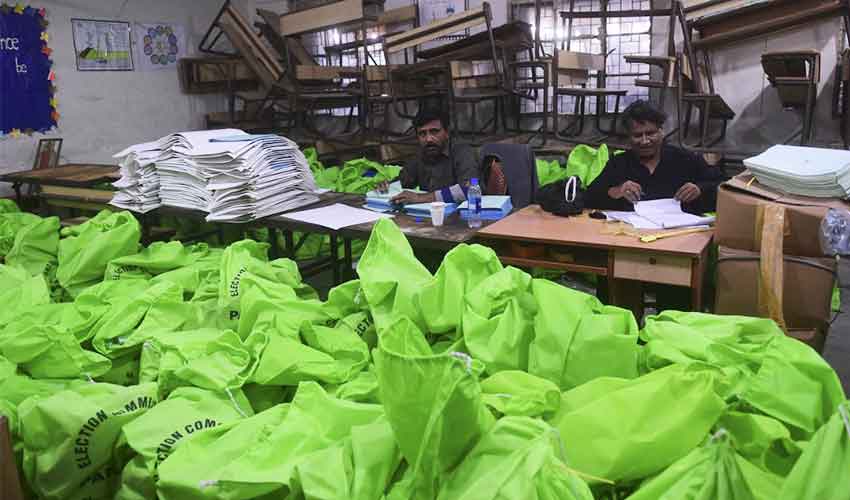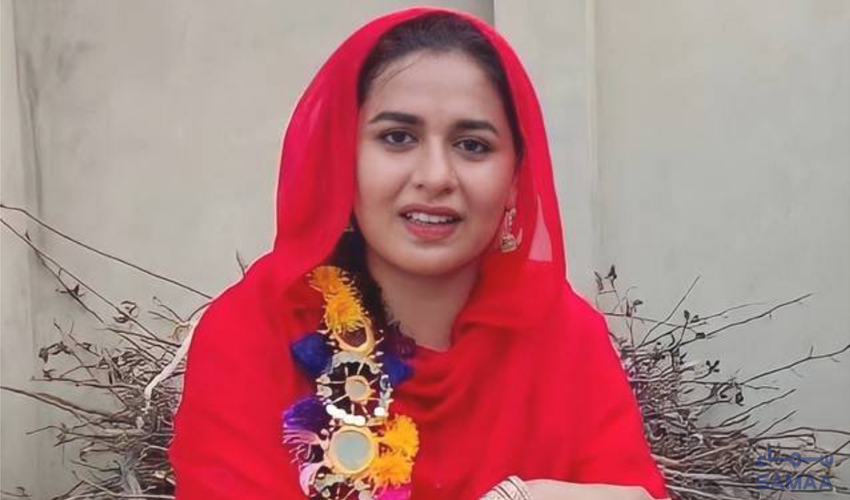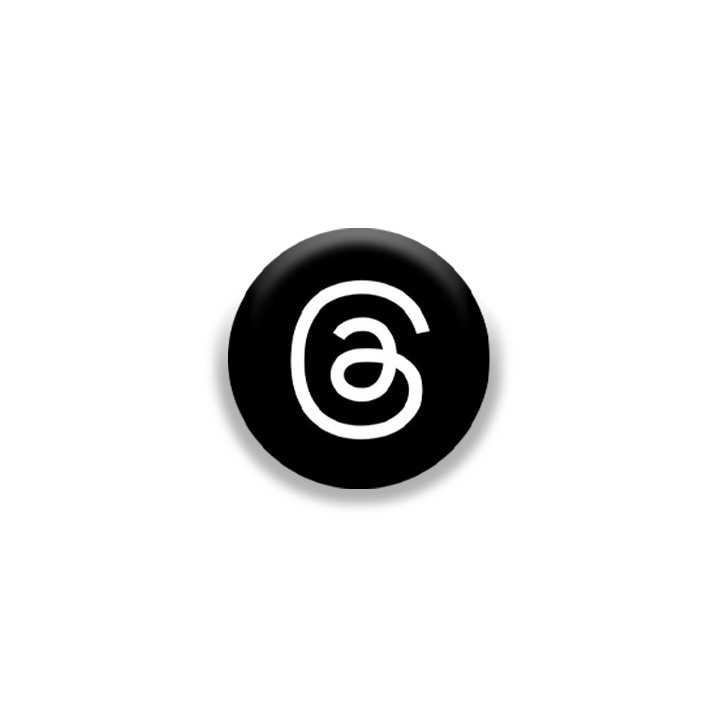Pope Francis, the first Jesuit and Latin American pontiff who reshaped the Catholic Church through his decade-long advocacy for simplicity, social justice, and interfaith dialogue, passed away on Monday at the age of 88.
The Vatican confirmed the death of the Roman Bishop, born Jorge Mario Bergoglio, in an early morning statement issued by Cardinal Kevin Farrell.
“This morning at 7:35 am (0535 GMT), the Bishop of Rome, Francis, returned to the home of the Father,” the statement read. Cardinal Farrell paid tribute to the late pontiff’s “courage, faithfulness, and universal love, especially for the poorest and most marginalized.”
Pope Francis had made a final public appearance on Easter Sunday, just a day before his passing, when he briefly appeared on the main balcony of St. Peter’s Basilica to deliver an address — read by an aide — calling for an immediate ceasefire in Gaza.
The pontiff had been hospitalized for five weeks earlier this year due to pneumonia. Despite his failing health, Francis remained vocal in his opposition to Israel’s military campaign in Gaza, describing the humanitarian crisis as “extremely serious and shameful.”
Conclave expected within weeks
With the papacy now vacant, attention turns to the College of Cardinals, who will convene in a secretive conclave to elect the next pope. According to canon law, a conclave is typically held 15 to 20 days following the pope's death, allowing time for global cardinals to arrive in Rome.
As of January 2025, the Vatican counts 252 cardinals, but only 138 are eligible to vote under current rules, which restrict voting rights to those under the age of 80.
The conclave will take place in the Sistine Chapel, where cardinals will be sequestered until a new pope is chosen. Voting takes place through secret ballot and requires a two-thirds majority for a candidate to be elected. The process can include up to four voting rounds per day until a consensus is reached.
The announcement of a successful election is traditionally marked by white smoke rising from the chapel's chimney.
Who will be the next pope?
Although no official list of frontrunners exists, speculation has long swirled around potential successors. In his 2020 book The Next Pope: The Leading Cardinal Candidates, Vatican journalist Edward Pentin highlighted 19 “papabile” — or popeable — cardinals likely to be in contention.
Among the most frequently cited are:
-
Cardinal Pietro Parolin: The Vatican’s current Secretary of State and a seasoned diplomat known for his steady hand in international affairs.
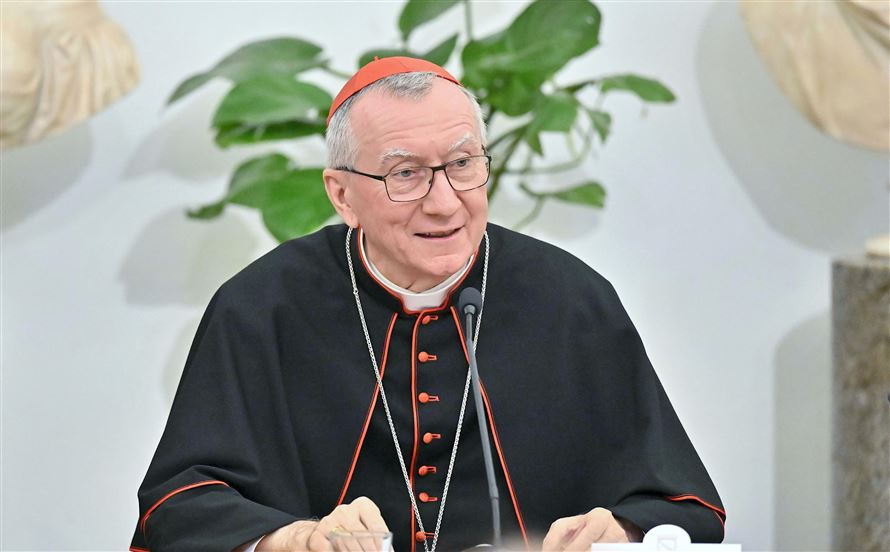
-
Cardinal Matteo Zuppi: The Archbishop of Bologna and president of the Italian Bishops’ Conference, noted for his peace-building efforts and alignment with Francis’ pastoral tone.

-
Cardinal Luis Antonio Tagle: A former Archbishop of Manila and current prefect at the Vatican’s Dicastery for Evangelization. At 67, his youth and global appeal are seen as strong assets.

-
Cardinal Robert Sarah: The conservative former head of the Congregation for Divine Worship, often considered the ideological opposite of Pope Francis.

Two Americans were also mentioned by Pentin — Cardinal Seán Patrick O'Malley and Cardinal Raymond Leo Burke. However, O’Malley turned 80 in June 2024, making him ineligible to vote in the conclave. Burke, a vocal critic of Francis’ reforms, remains eligible, but his controversial stance may hinder consensus.
A Francis legacy likely to endure
Pope Francis was elected on March 13, 2013, following the surprise resignation of Pope Benedict XVI — the first papal resignation in over six centuries. His papacy was marked by unprecedented humility: he chose not to live in the traditional papal apartments, opting instead for modest quarters in the Vatican guesthouse.
He emphasized pastoral care over doctrinal rigidity, encouraged environmental stewardship through his encyclical Laudato Si’, and urged Catholics to focus on mercy and inclusion, especially toward immigrants, the poor, and those marginalized by society.
However, his leadership was not without controversy. Traditionalists accused him of diluting core Catholic teachings, while progressives felt he did not go far enough in reforming doctrines on issues such as clerical celibacy and LGBTQ+ inclusion.
Despite these internal tensions, Francis remained a globally respected figure, widely admired for promoting interfaith harmony and speaking truth to power.
By 2025, Francis had appointed nearly 80 percent of the cardinal electors eligible to vote in the next conclave, increasing the likelihood that his successor may carry forward his progressive vision for the Church.
Eyes on the Sistine Chapel
As the Vatican prepares for the conclave, pilgrims and the faithful are expected to flock to Rome in the coming days to pay their final respects. A public funeral Mass will be held later this week in St. Peter’s Square, with world leaders expected to attend.
Until the next pope is elected, the Vatican will be under the stewardship of the Camerlengo, the cardinal responsible for managing Church affairs during the sede vacante — or the period between popes.
While the Church mourns the loss of a beloved and transformative leader, the world now awaits the white smoke that will signal the dawn of a new papacy.


